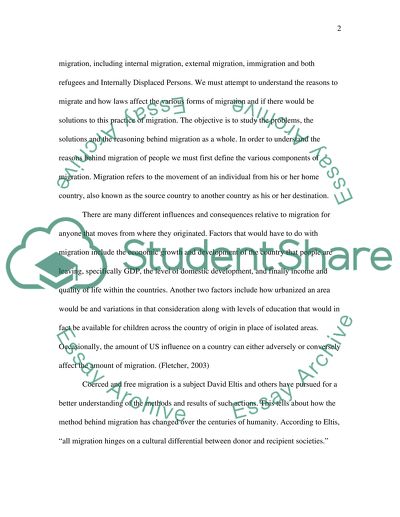Cite this document
(“Toward the 21st century Essay Example | Topics and Well Written Essays - 2500 words”, n.d.)
Toward the 21st century Essay Example | Topics and Well Written Essays - 2500 words. Retrieved from https://studentshare.org/miscellaneous/1517991-toward-the-21st-century
Toward the 21st century Essay Example | Topics and Well Written Essays - 2500 words. Retrieved from https://studentshare.org/miscellaneous/1517991-toward-the-21st-century
(Toward the 21st Century Essay Example | Topics and Well Written Essays - 2500 Words)
Toward the 21st Century Essay Example | Topics and Well Written Essays - 2500 Words. https://studentshare.org/miscellaneous/1517991-toward-the-21st-century.
Toward the 21st Century Essay Example | Topics and Well Written Essays - 2500 Words. https://studentshare.org/miscellaneous/1517991-toward-the-21st-century.
“Toward the 21st Century Essay Example | Topics and Well Written Essays - 2500 Words”, n.d. https://studentshare.org/miscellaneous/1517991-toward-the-21st-century.


